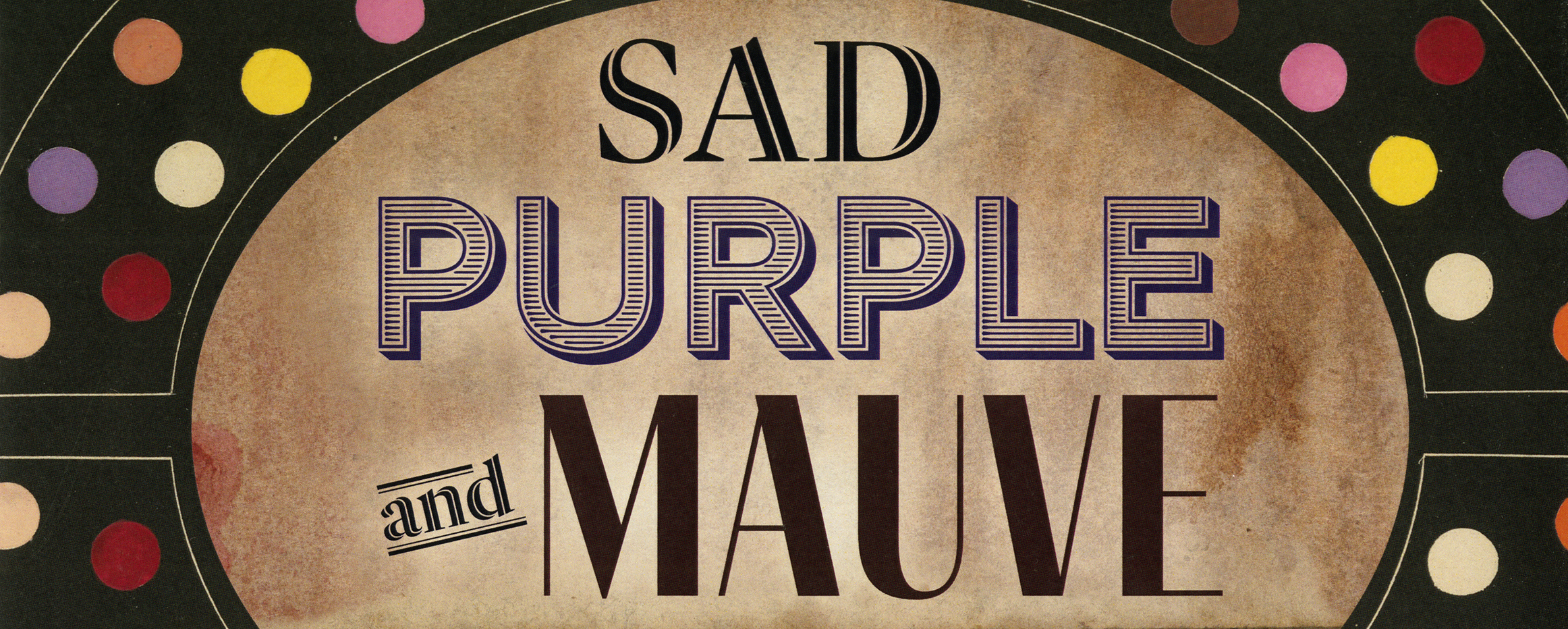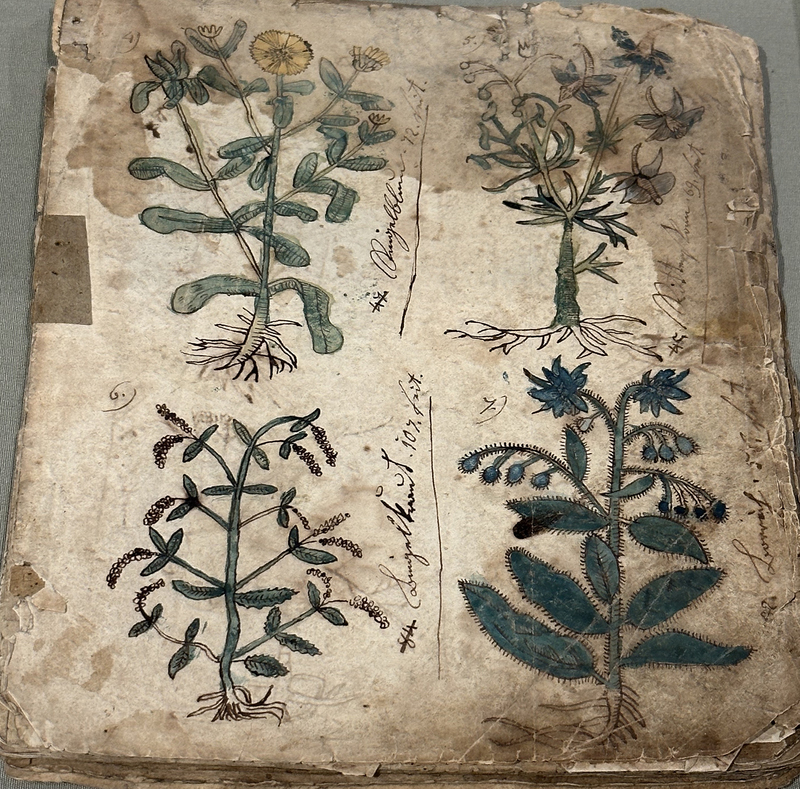Botanizer
BOTANIZER
Before synthetic dyes, many dyers needed to be "botanizers" – self-taught in the skills of plant identification. Historian Elizabeth Keeney used this term to describe a hugely popular pastime in 19th-century America. Botanizing was also an interest of many healers, who at that time ranged from faith healers to practitioners of "Botanic Medicine" and even to the emerging presence of professionally trained doctors. Philipp Lindemann, the creator of this manuscript, was a mid-19th-century Bracher —also called a "Pow-Wow" healer—a practitioner of an approach to faith healing that was known among the Pennsylvania Dutch and other German Americans and whose name derives from an Indigenous Algonquin word meaning a "spiritual leader.."
He also had a deep interest in plant identification – to the extent that he produced this hand-made compendium of 432 visual and verbal plant descriptions. His ink-and-wash renderings, detailed descriptions, and variant name indexes apparently incorporated many sources, recorded in his own German dialect and his unusual handwriting, which combines obsolete German Kurrentschrift with some modern letterforms. Lindemann recycled paper for some of the sheets in his manual – including the backs of correspondences that provide a rare glimpse of interactions between a Bracher and individual patients.
On view are Lindemann’s renderings of marigold (no. 4), bloodroot (no. 159), and sumac (no. 419), amongst others.
— Written by Henry Pisciotta (Arts and Architecture Library)
Philipp Lindemann herbal manuscript, circa 1835-1867
Purchased with the generous financial assistance of the Max Kade German-American Research Institute, from the Roughwood Collection, 2004



